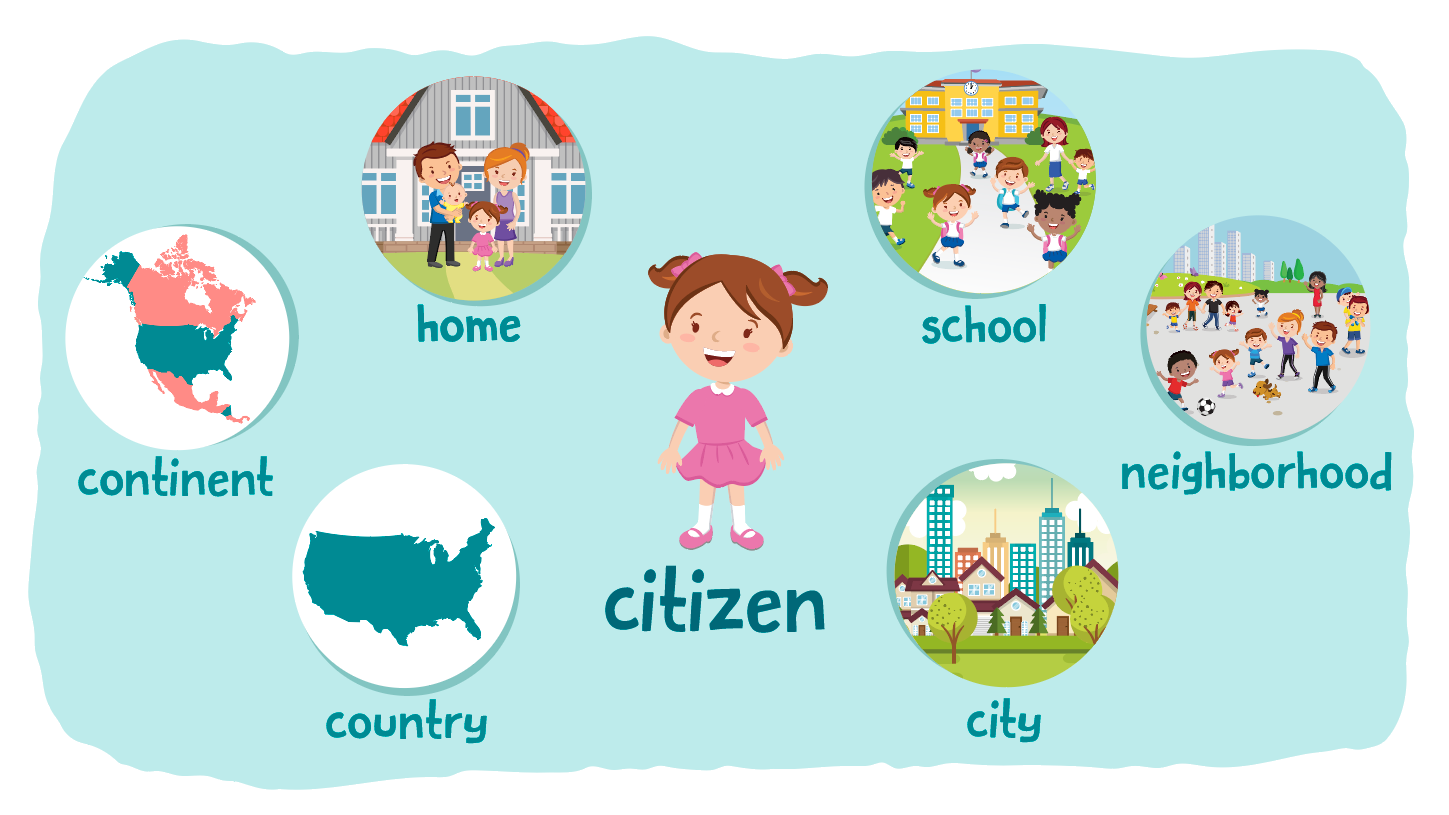Lowercase identification Worksheets for Ages 5-8
5 filtered results
-
From - To
Discover our engaging Lowercase Identification Worksheets designed specifically for children aged 5-8! These worksheets help young learners master the recognition and writing of lowercase letters through fun activities tailored to various learning styles. Each worksheet features interactive exercises that promote cognitive development and strengthen letter familiarity. With colorful visuals and creative designs, children will enjoy honing their skills in a playful environment. Ideal for both classroom and home use, these worksheets foster a positive learning experience, ensuring that your child develops essential literacy skills. Download and print today to embark on an exciting journey of lowercase letter discovery!
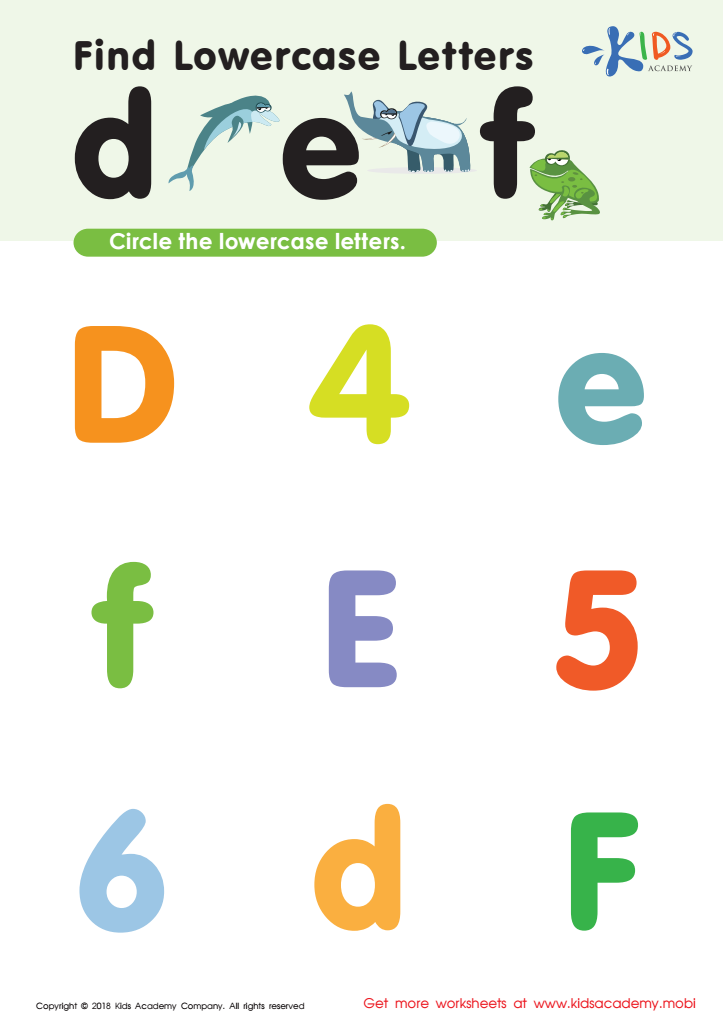

Find Lowercase Letters d e f Worksheet
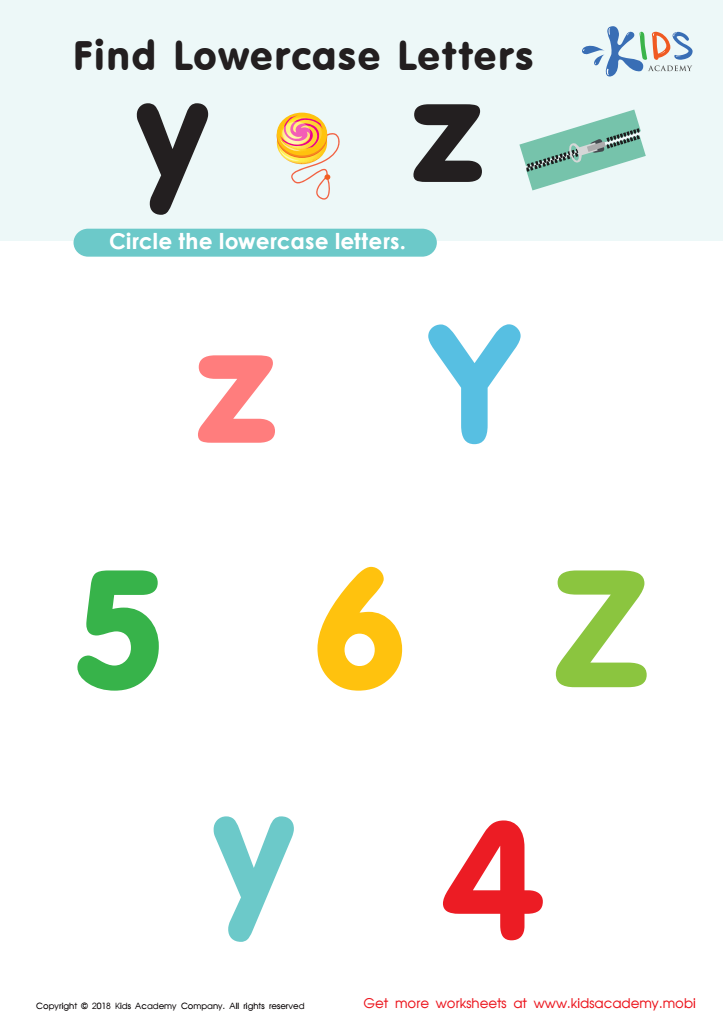

Find Lowercase Letters y z Worksheet
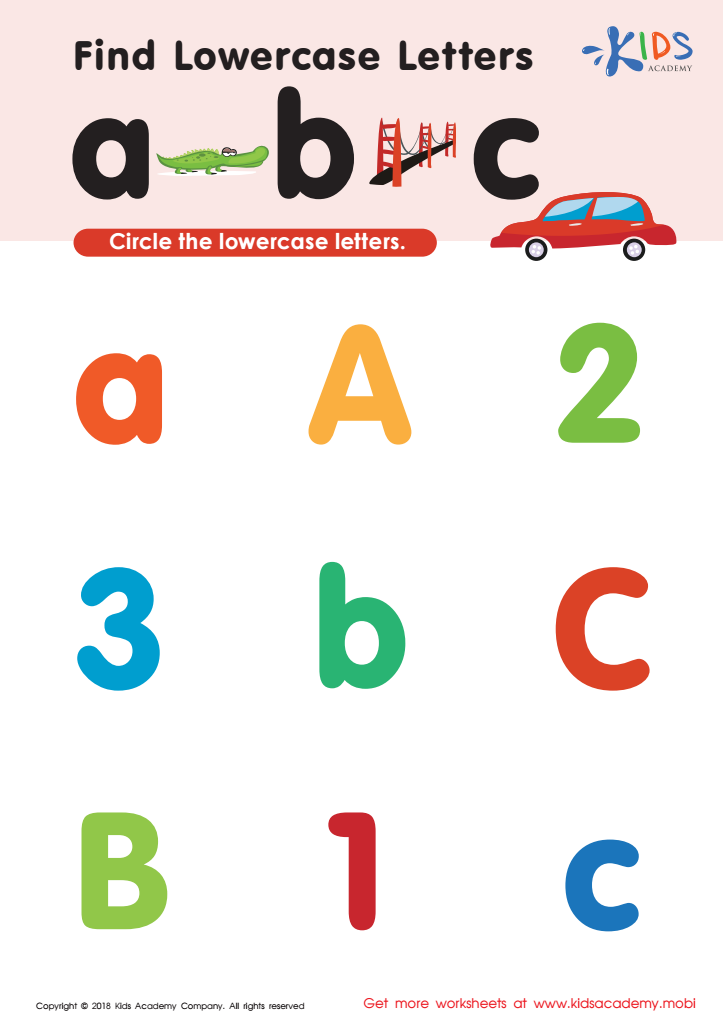

Find lowercase letters a b c Worksheet
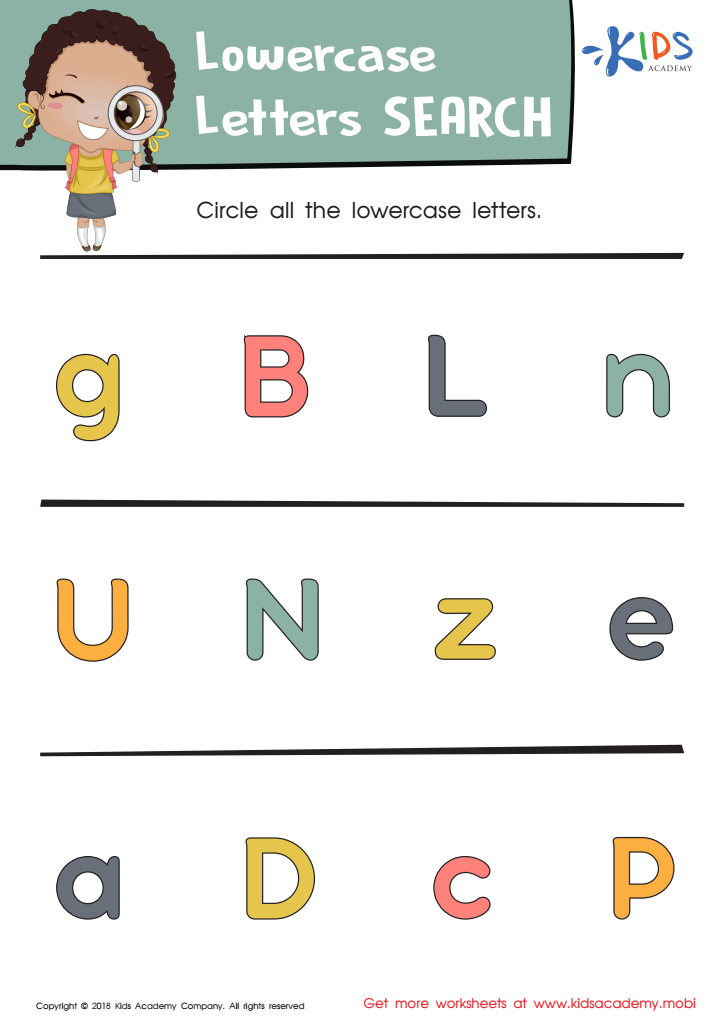

Lowercase Letters Search: Assessment Worksheet
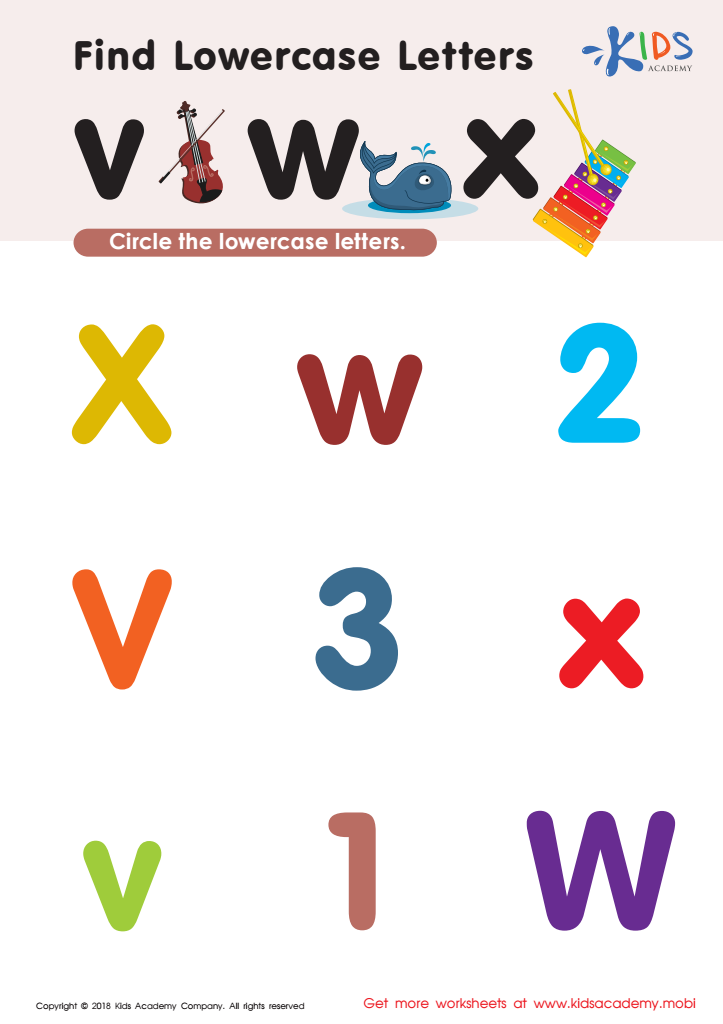

Find Lowercase Letters v w x Worksheet
Lowercase letter identification is a crucial skill for children aged 5-8 as it forms the foundation for reading and writing. Understanding and recognizing lowercase letters is essential because most text printed and written in everyday situations, such as books, signs, and notes, uses lowercase letters. When children can easily identify these letters, they become more proficient readers and writers, allowing them to engage fully with written language.
For parents and teachers, fostering lowercase letter identification supports literacy development and boosts children’s confidence. Proficiency in recognizing letters enhances phonemic awareness, aiding in decoding and spelling, which are fundamental for successful communication.
In addition, lowercase identification promotes cognitive development, as children learn to distinguish letters from one another and understand their different roles in words. Engaging activities like games, crafts, and storytelling can reinforce this learning in enjoyable ways.
Furthermore, strong literacy skills contribute to overall academic success, making it imperative for adults to prioritize lowercase letter identification. By investing time in this essential skill, parents and teachers help build a love for reading, empowering children to explore and connect with the world around them. In doing so, they lay the groundwork for future educational achievements.
 Assign to My Students
Assign to My Students




